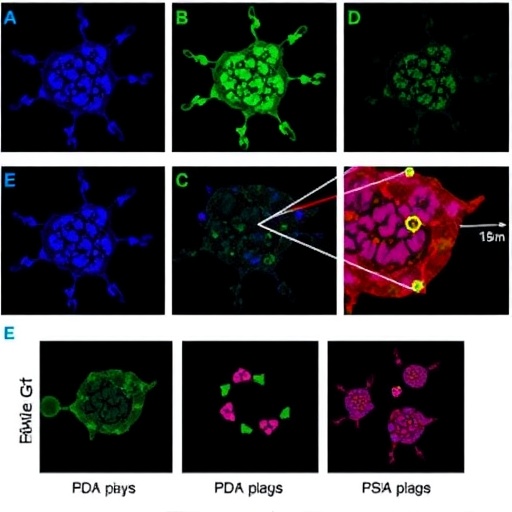PROVIDENCE, R.I. [Brown University] — After the Affordable Care Act (ACA) eliminated cost sharing for screening mammograms, their rate of use rose six percentage points among older woman for whom such screenings were recommended, a new study in the New England Journal of Medicine finds.
"Out-of-pocket costs can be a potent barrier to receiving recommended preventive care," said Dr. Amal N. Trivedi, lead author. "The study showed that making mammograms free led to an increase in their use. That is good for public health."
Trivedi is an associate professor of health services, policy and practice, and an associate professor of medicine at Brown University.
Research shows that requiring deductibles, copayments or other out-of-pocket expenses reduces the use of effective, but often underused, preventive health care services, such as screening mammograms, Trivedi said. One strategy of the ACA is to selectively eliminate copayments for higher-value care, such as screening mammography, to increase the use of these services and improve population health, he said.
The U.S. Preventive Services Task Force recommends that women age 50 to 74 years undergo screening mammography every two years (biennially) to check for the presence of breast cancer.
In the study, Trivedi and colleagues looked at biennial screening mammography among 15,085 women age 65 to 74 years of age in 24 Medicare Advantage plans that eliminated cost sharing to provide full coverage for the service, compared with 52,035 women in 48 matching Medicare Advantage plans that had and maintained full insurance coverage for mammography.
By examining 24 unique plans, and 72 in total, this is among the largest studies to date of the effects of an ACA cost-sharing provision for a preventive health service.
The researchers found that among Medicare Advantage plans that eliminated cost sharing, rates of screening mammography increased about six percentage points, compared with plans that maintained full coverage for the service. These gains were concentrated among women with more education, but lower for those less educated and unchanged for Hispanic women.
Other studies have shown that patients, particularly those with incomes near the poverty level, are often unaware that the ACA eliminated cost sharing for preventive care. In addition, "Latino patients have been found to have less awareness of the ACA than the general population," the authors wrote.
"We have work to do when it comes to women with less education and Hispanic women," Trivedi said. "They need to be better aware of the cost-sharing provisions of the ACA."
Breast cancer is the second leading cause of cancer-related death among women. The disease most commonly occurs among older women. Research shows that age-appropriate screening mammography reduces breast-cancer-related mortality and is cost effective, Trivedi said.
Meanwhile, the ACA faces continued opposition among some lawmakers. "If the cost-sharing provisions of the ACA are rescinded, our results raise concern that fewer older women will receive recommended breast-cancer screening," wrote the authors.
Of the 44 preventive services recommended for adults, 26 apply specifically to women, and none to men. Those services range from contraceptive care to pre-natal visits to screening mammograms.
Women are disproportionately affected by out-of-pocket payments for preventive services, Trivedi said. A requirement for even modest copayments for preventive services, such as mammograms or Pap smears, reduces the number of women who receive this care, he said.
In previous research, Trivedi and colleagues found that copayments of approximately $20 were associated with up to an 11-percentage-point drop in rates of breast-cancer screening.
"Our latest findings extend those of previous studies showing that, among older women, receipt of screening mammography is sensitive to out-of-pocket costs and the presence of supplemental coverage," Trivedi said.
###
Grants from the National Institute on Aging of the National Institutes of Health supported the study. Other authors include medical student Bryan Leyva, biostatistician Yoojin Lee, and assistant professors Orestis Panagiotou and Issa Dahabreh, all from Brown University.
Media Contact
Scott Turner
[email protected]
401-743-4110
@brownuniversity
http://news.brown.edu/




